
Happy Psychology Behind Dressing Up - Why We Crave Moments of Style
Unlocking the Emotional Influence of Clothing & Dressing Up
Social Signaling, Memory, and the Power of Presentation
Humans have adorned themselves with clothing for millennia, evolving from simple animal hides into intricate symbols of status, culture, and personal expression. Today, dressing up for special occasions is less about necessity and more about nuance—a complex act that weaves emotion, intent, and identity into fabric.
This exploration takes us beneath the surface of the wardrobe into the psychology, social patterns, and cultural rituals that shape why we dress up, and why it matters.
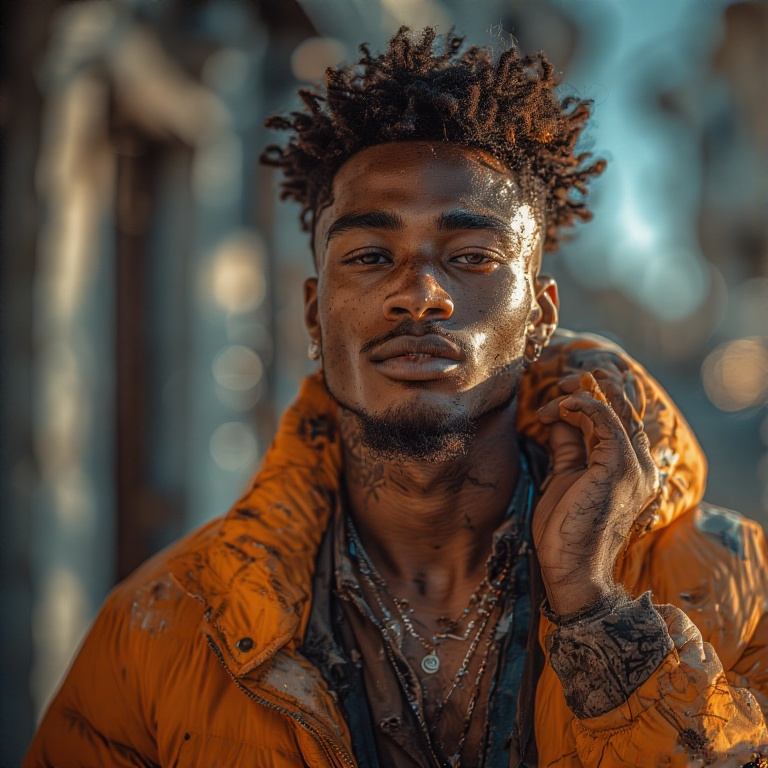
The Psychological Elevation of Dressing Well
The idea that clothing influences behavior isn’t just speculation—it’s measurable. Studies on enclothed cognition show that specific garments trigger cognitive and emotional shifts.
- Mood enhancement – Psychologists note that formal clothing enhances self-esteem, reduces anxiety, and builds emotional readiness for high-pressure or celebratory events
- Contextual association – Outfits worn during past successes (job interviews, ceremonies, dates) become emotionally imprinted, influencing your mood when revisited
- Behavioral calibration – Dressing well alters self-perception, prompting people to behave more mindfully, assertively, and courteously in social environments
Social Signaling and Cultural Rituals
The power of dressing up extends beyond personal gratification—it’s deeply tied to social dynamics.
- Intention projection – Outward appearance cues others into how seriously you take an occasion, subtly influencing how they treat and perceive you
- Collective context – Weddings, awards nights, religious ceremonies—all have embedded style codes that tie individual dress to group identity
- Interpersonal memory – Guests often remember how someone looked more vividly than what they said, reinforcing the role of fashion in social memory formation

The Role of Anticipation and Reward
The ritual of choosing, preparing, and anticipating special attire activates key parts of the brain related to pleasure and satisfaction.
- Dopaminergic buildup – Planning your outfit taps into the brain’s reward systems long before the event begins
- Sensory immersion – The textures, scents (fresh laundry, perfume), and tactile experience of high-quality fabrics build a multi-sensory narrative
- Mindful intent – Taking time to dress up creates a psychological pause—a deliberate separation from routine and a deepened engagement with the present moment
Why Dressing Up Still Matters in a Casual World
Even as “business casual” becomes the norm and video calls replace in-person meetings, the desire to dress up hasn’t vanished—it’s become more intentional.
- Rarity breeds reverence – Because formal dressing is less frequent, it carries more psychological weight when chosen deliberately
- Reclaiming rituals – Dressing up offers a form of resistance against cultural flattening, an opportunity to elevate simple moments into celebrations
- Internal symbolism – Even when unseen by others, dressing well affirms one’s dignity, self-worth, and readiness to participate meaningfully
Dressing for Role Transition – Clothing as a Psychological Bridge
Clothing is a tool for navigating change—it helps us become who the moment requires.
- From private to public – Garments signify movement between personal retreat and social engagement
- Role encoding – Doctors wear lab coats, brides wear gowns—not just for others, but to embody their roles internally
- Temporal markers – Outfits help signal the end of one chapter (graduation) and the beginning of another (career, marriage, new identity)
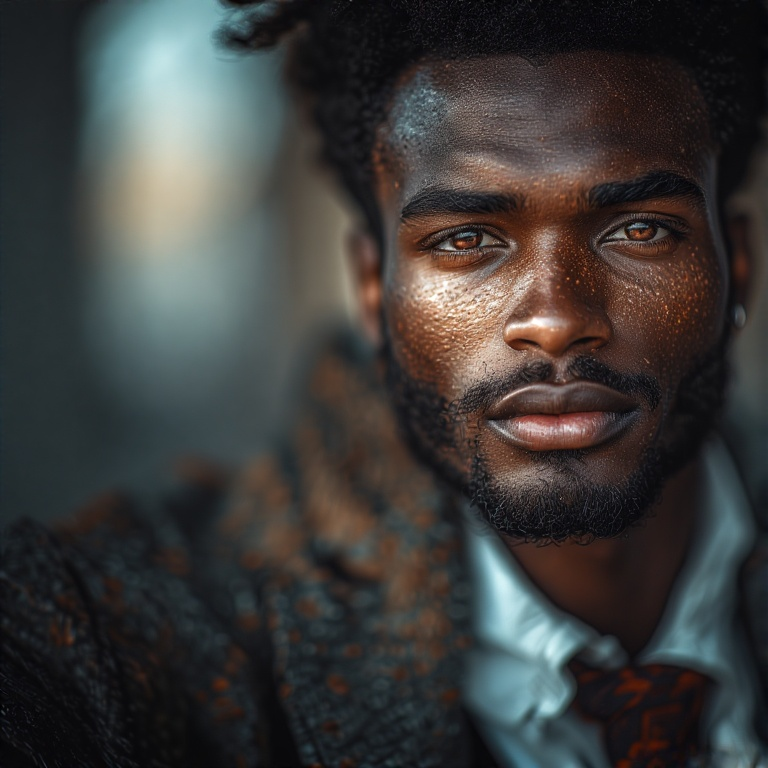
Cultural Codes and Fashion Language
Every society speaks through its wardrobe. Even silent garments contain meaning.
- Embedded symbolism – Black for mourning, white for purity, red for celebration—across continents, fashion encodes values
- Evolving narratives – Fashion isn’t fixed, it reflects shifting beliefs, priorities, and social movements
- Style dialects – Subcultures create their own visual vocabulary, from punk to haute couture, each expressing values in garment form
The Nostalgia Factor – Emotional Resonance in Wardrobes
Our clothing carries emotional data—memories, relationships, stories stitched into each fiber.
- Heirloom gravity – Wearing a passed-down garment connects the wearer to ancestral identity and shared legacy
- Memory triggers – A perfume lingering on a scarf or the fit of a tailored jacket can transport the wearer emotionally
- Psychological safety – Clothing that carries fond associations can act as a comfort object, grounding the wearer during stressful moments
Fashion as Personal Storytelling
Every outfit is a chapter. Together, they form your visual autobiography.
- Message layering – Clothing can say “I’m adventurous,” “I’m grieving,” or “I’m reinventing myself” without speaking a word
- Fluid identity – A wardrobe isn’t static—it evolves alongside the person, reflecting growth, transitions, and contradictions
- Style archiving – Through photographs and garments kept over time, we map our emotional and personal histories
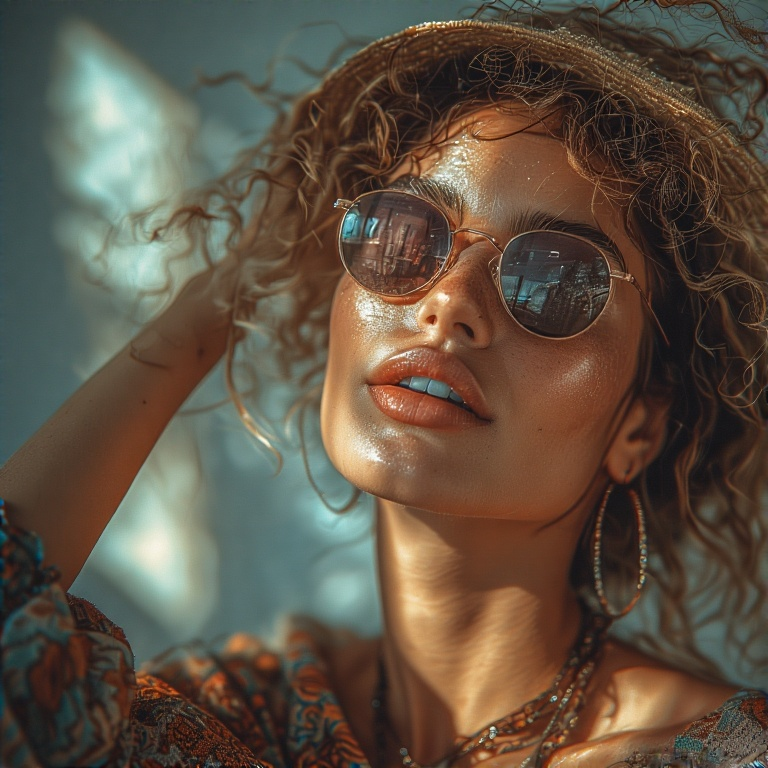
The Confidence Circuit – How Attire Reinforces Belief
Self-image and outer presentation reinforce each other in a feedback loop that elevates behavior.
- External affirmation – Compliments or recognition affirm personal effort and encourage further positive engagement
- Behavior shaping – Confidence increases when the wearer feels dressed for the challenge ahead
- Visual congruence – When inner ambition matches outer appearance, people report feeling more “aligned” and capable
The Gendered Lens – How Dress-Up Is Perceived Differently
Fashion is shaped—and often constrained—by societal expectations around gender.
- Archetypes and roles – Masculine and feminine dress codes often reinforce binary roles, even unintentionally
- Liberation through style – The rise of gender-neutral fashion opens expressive avenues that were once off-limits
- Performance versus authenticity – Some dress to conform, others to rebel—both reveal underlying negotiations with cultural norms
Dress-Up in Digital Spaces – The New Stage
Your virtual presence now includes your visible aesthetic, whether in video calls or social media feeds.
- Lighting and lens – Online visuals amplify color and shape, changing how garments are perceived
- Social media memorialization – Once posted, an outfit becomes part of your digital identity narrative
- Curated informality – Even casual attire can be styled deliberately to balance approachability with professionalism
The Economics of Dressing Up
Dressing well isn’t always affordable—but its cost reflects layered meanings.
- Aspirational spending – Special attire often symbolizes future aspirations or personal milestones
- Resource optimization – Thrifting, renting, and remixing offer sustainable ways to celebrate style without financial strain
- Symbolic investment – Money spent on appearance is sometimes seen as an investment in social capital or self-empowerment
Dressing for Love – Courtship and Connection
Romance doesn’t start with words—it often starts with what you wear.
- Attraction cueing – Style choices can signal availability, values, and compatibility
- Emotional imprint – Certain outfits become memorialized by shared romantic experiences
- Vulnerability through effort – Dressing up for a partner can be a gesture of intimacy and care

Dress and Memorial
From memorial imagery, clothing marks legacy.
- Remembered in style – The outfit worn in a beloved photo may shape how someone is remembered for generations
Conclusion – The Intent Behind the Outfit
Dressing up is more than aesthetic—it’s psychological ritual. It’s how we encode respect for moments, reveal facets of ourselves, and build bridges between identity and occasion. The right garment doesn’t just fit—it reflects, elevates, and transforms.
Each choice becomes part of a story – a form of participation, a mark of meaning, and a celebration of presence.
Join the Discussion – What Does Dressing Up Mean to You?
Have you ever felt more aligned, more alive, or more confident because of what you wore? What special garments carry emotional value for you?
#DressingWithPurpose #StylePsychology #SpecialOccasionStyle #SelfExpressionInFashion #ClothingAsIdentity #FashionAndFeelings #WardrobeWisdom #MemoryInFabric #ConfidenceInStyle #LegacyThroughDress



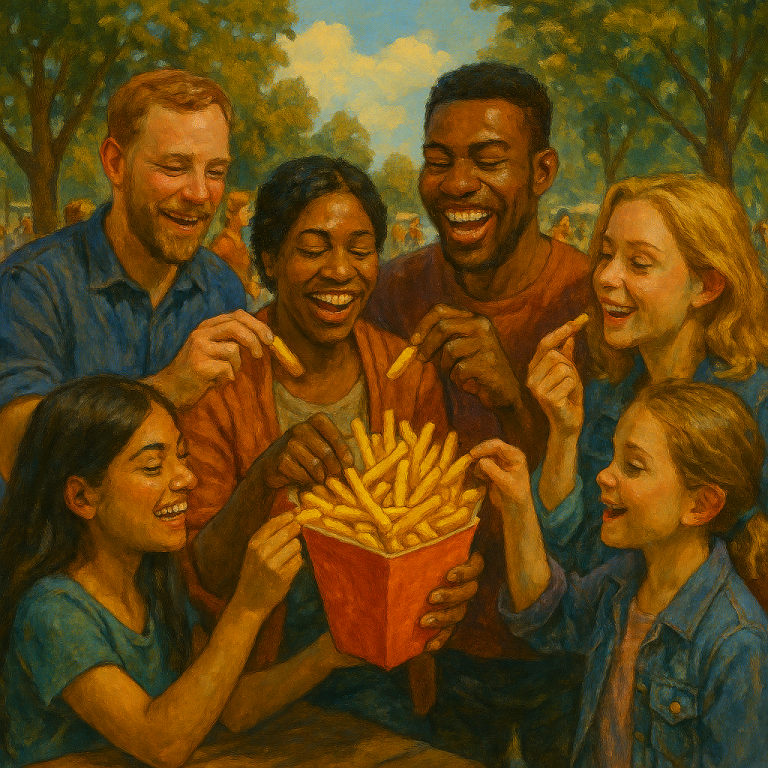
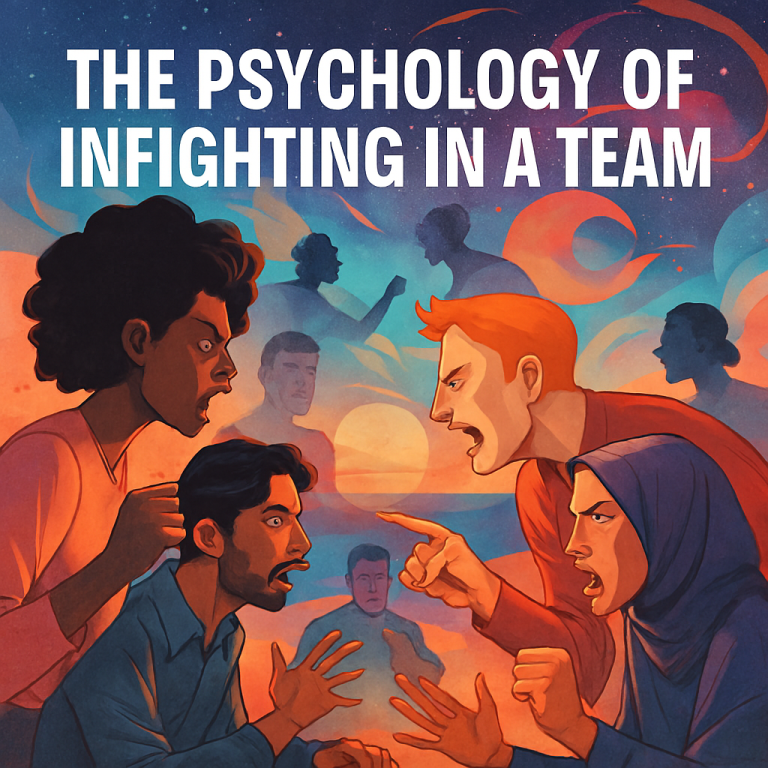
I enjoy you because of all of the effort on this blog. My aunt takes pleasure in managing research and it is easy to understand why. My partner and i learn all concerning the lively means you offer rewarding solutions through your blog and as well boost participation from some other people on that article then our simple princess is now discovering so much. Take advantage of the rest of the year. Your carrying out a splendid job.